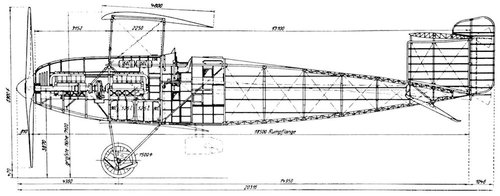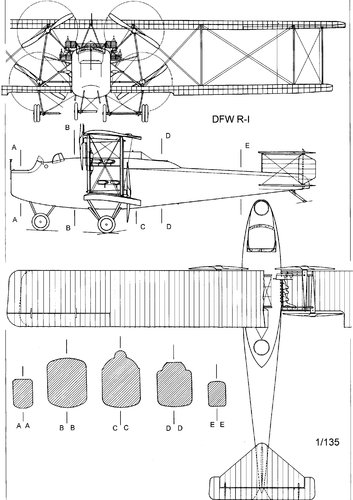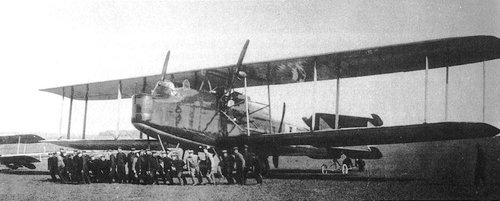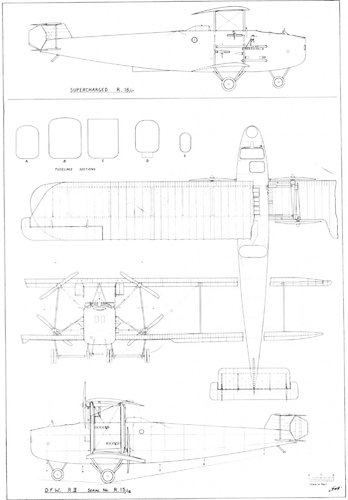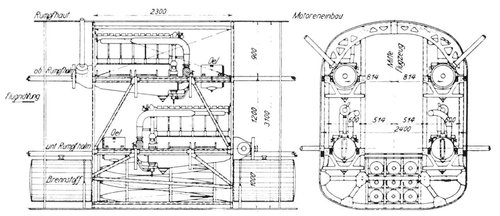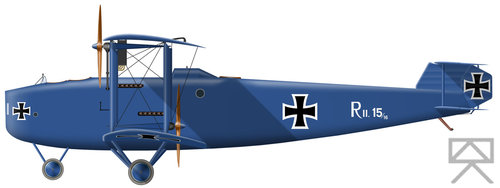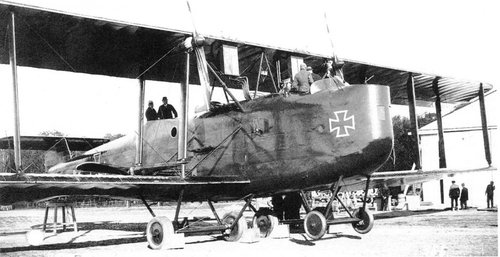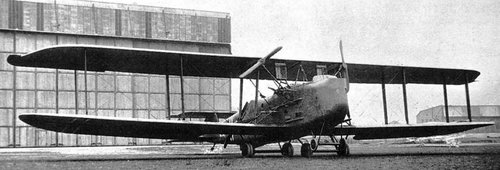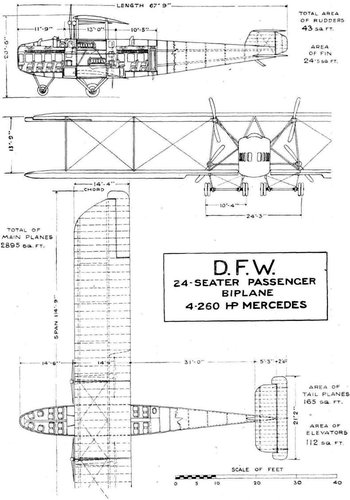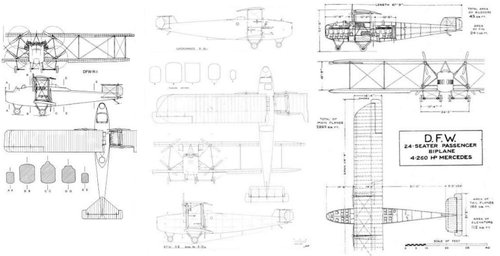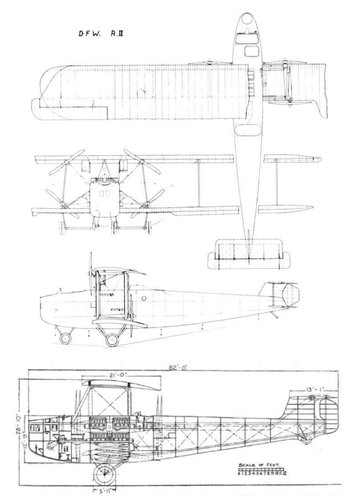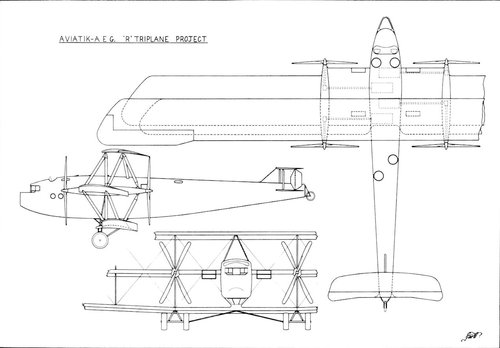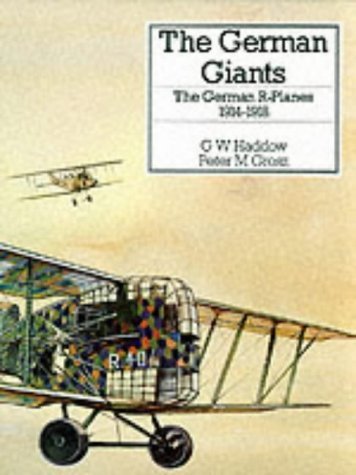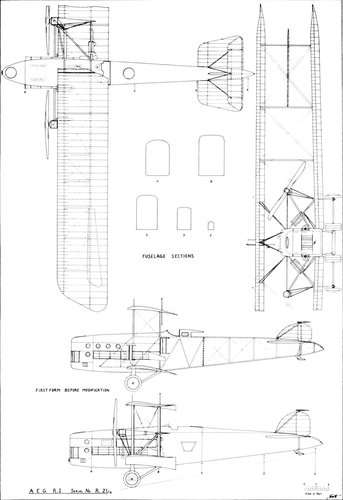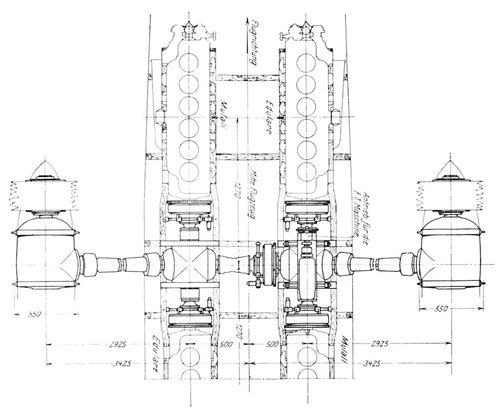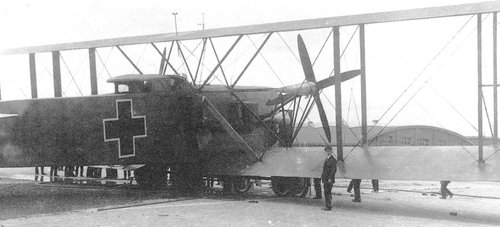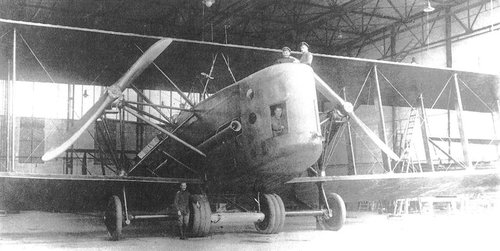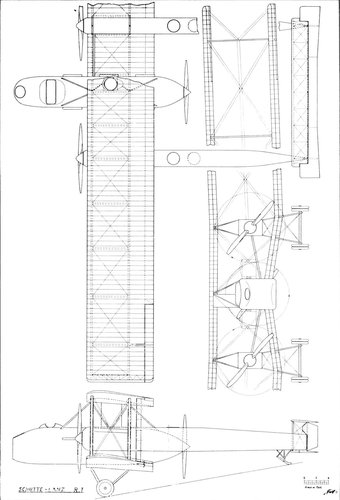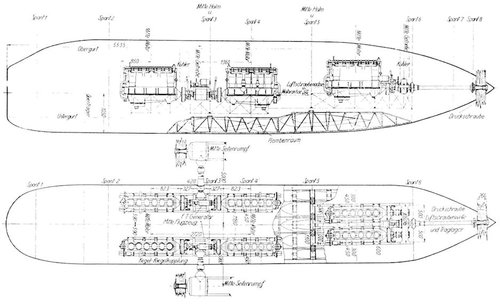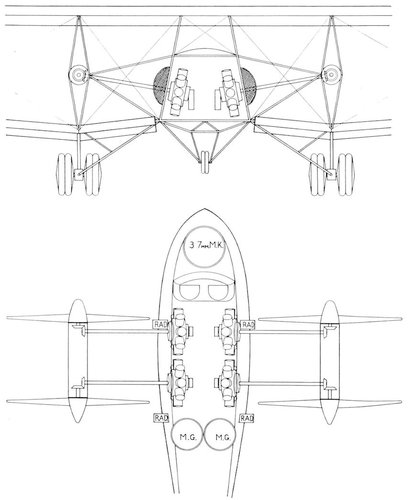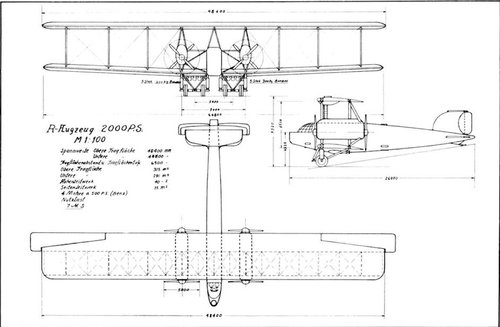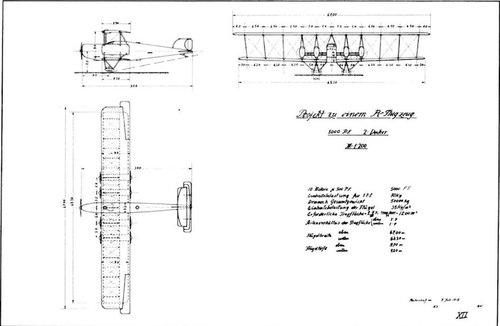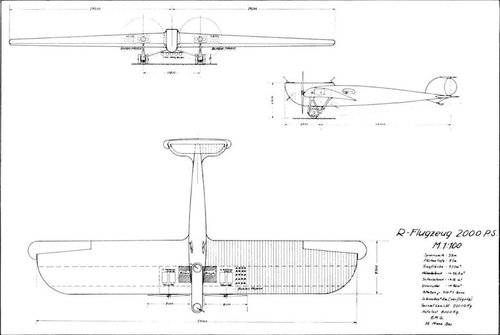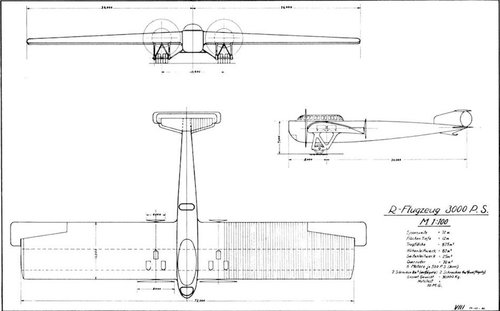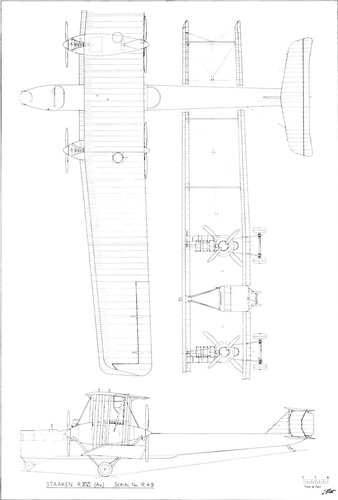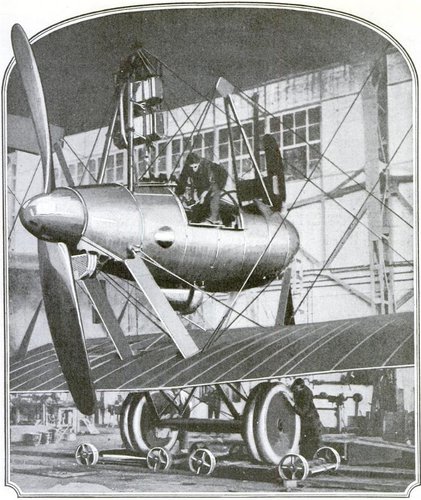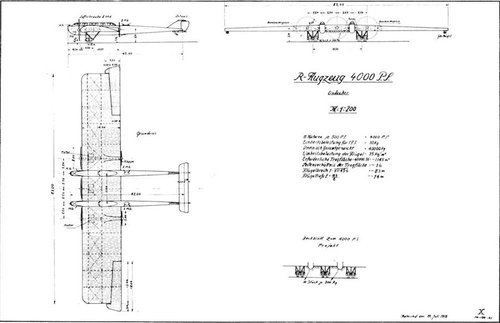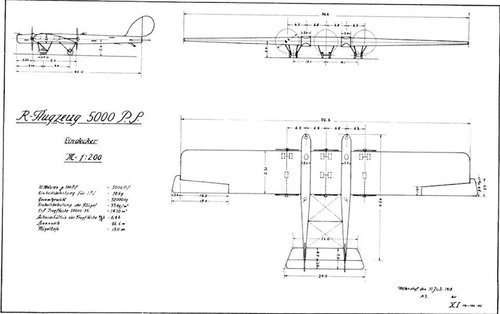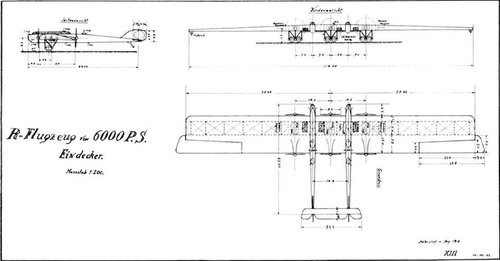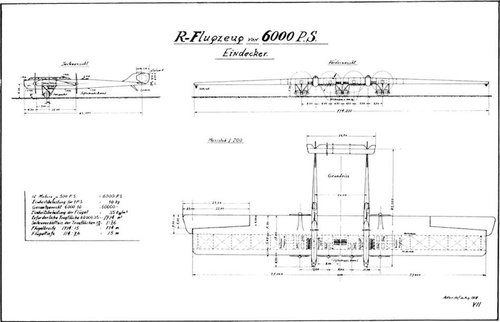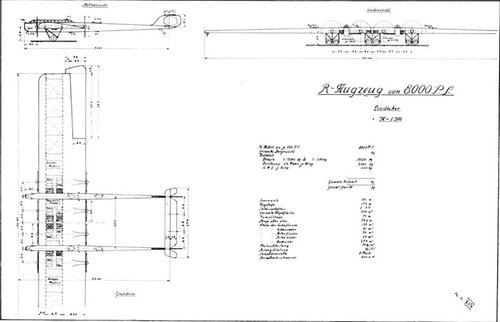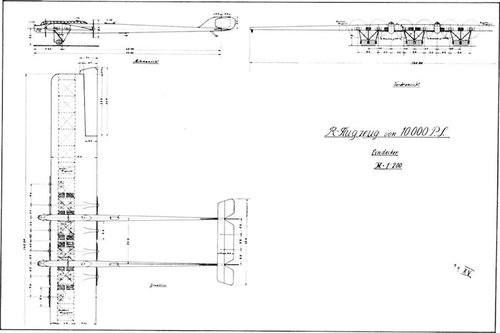blackkite
Don't laugh, don't cry, don't even curse, but.....
- Joined
- 31 May 2007
- Messages
- 8,805
- Reaction score
- 7,668
Linke-Hofmann R.Ⅱbomber.
The R.II was a tremendous airplane called "a heavy bomber with four engines that simply expanded the shape of a high-performance single-seat fighter."
Both the wheels and the propeller simply expanded the shape of the small aircraft.
The only one propeller with a huge two-blade was driven by four engines.
R.II was an approximately three-times scale-up of a conventional single-engined biplane, powered by a quartet of Mercedes D.IVa inline-six engines turning a single 6.90 meter (22 ft 7.5 in) diameter tractor propeller, the largest single propeller ever used to propel any aircraft in aviation history.
The quartet of Mercedes powerplants were arranged in pairs in the central fuselage(same as R.Ⅰ) and drove the propeller through clutches, shafts and gearboxes.
The Linke-Hofmann R.II, probably the largest single propeller driven aircraft that will ever be built, had a wing span of 41.16 m (135 ft 0 in), length of 23.3 m (76 ft 5 in) and height of 7.1 m (23 ft 4 in).
Two examples of the R.II had been completed by the time of the Armistice. They bore the German military registration numbers R.55/17 and R.56/17.
Flight testing of R 55/17 was carried out after the Armistice in 1919. demonstrating acceptable performance and handling, being able to fly happily with only two engines driving the enormous propeller. Normal endurance was estimated to be 7 hours, but with adjustment of load and a cruising speed of 74 mph (119 km/h) it was estimated that the R.II could stay aloft for 30 hours.
There were plans to make it a 12-passenger airliner after the war, but the restrictions of the Versailles Treaty ended further development.
Radiator shape is unique.



The R.II was a tremendous airplane called "a heavy bomber with four engines that simply expanded the shape of a high-performance single-seat fighter."
Both the wheels and the propeller simply expanded the shape of the small aircraft.
The only one propeller with a huge two-blade was driven by four engines.
R.II was an approximately three-times scale-up of a conventional single-engined biplane, powered by a quartet of Mercedes D.IVa inline-six engines turning a single 6.90 meter (22 ft 7.5 in) diameter tractor propeller, the largest single propeller ever used to propel any aircraft in aviation history.
The quartet of Mercedes powerplants were arranged in pairs in the central fuselage(same as R.Ⅰ) and drove the propeller through clutches, shafts and gearboxes.
The Linke-Hofmann R.II, probably the largest single propeller driven aircraft that will ever be built, had a wing span of 41.16 m (135 ft 0 in), length of 23.3 m (76 ft 5 in) and height of 7.1 m (23 ft 4 in).
Two examples of the R.II had been completed by the time of the Armistice. They bore the German military registration numbers R.55/17 and R.56/17.
Flight testing of R 55/17 was carried out after the Armistice in 1919. demonstrating acceptable performance and handling, being able to fly happily with only two engines driving the enormous propeller. Normal endurance was estimated to be 7 hours, but with adjustment of load and a cruising speed of 74 mph (119 km/h) it was estimated that the R.II could stay aloft for 30 hours.
There were plans to make it a 12-passenger airliner after the war, but the restrictions of the Versailles Treaty ended further development.
Radiator shape is unique.
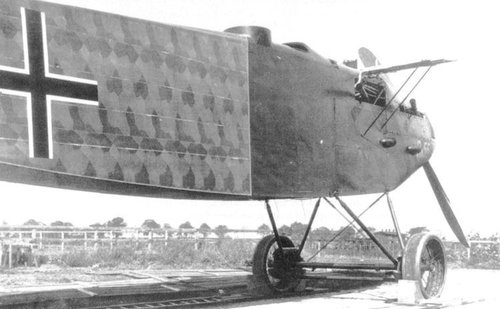
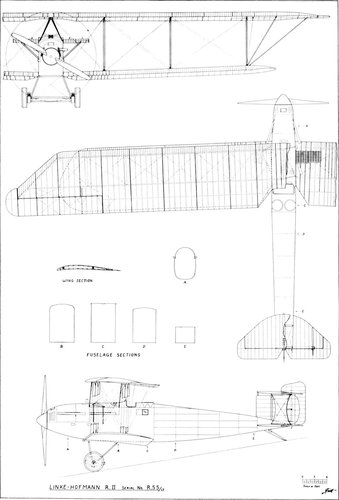
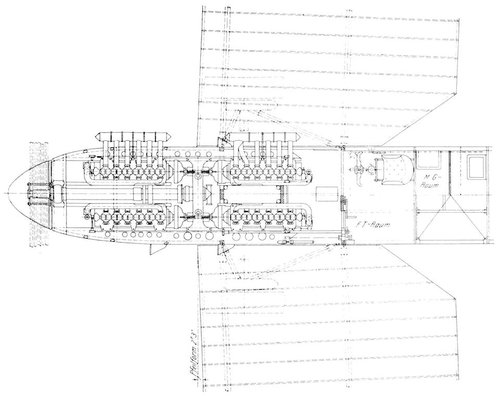
Attachments
Last edited:





